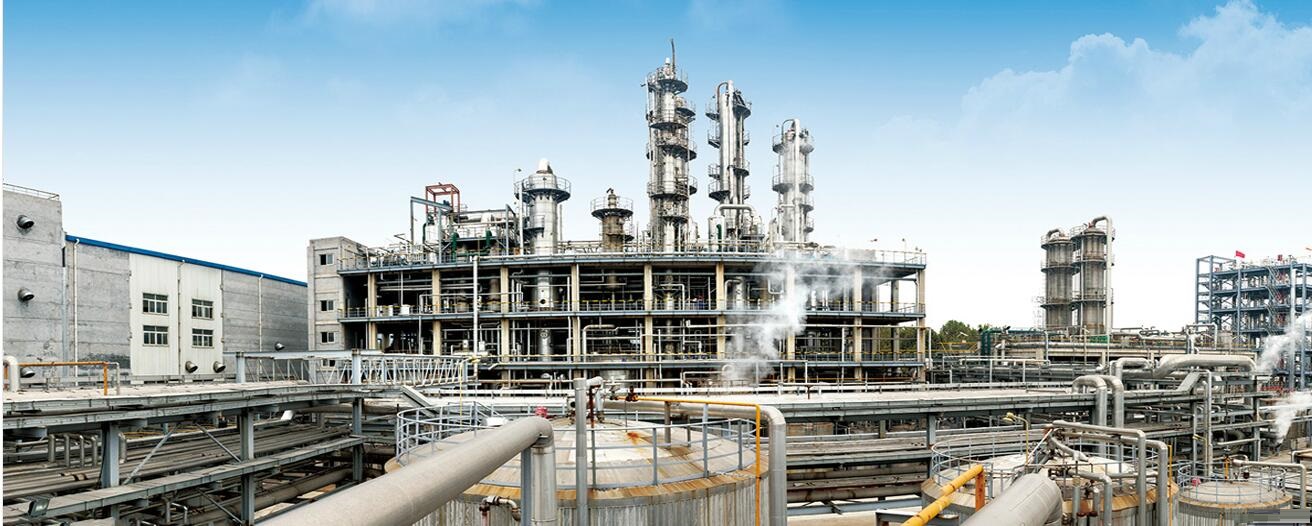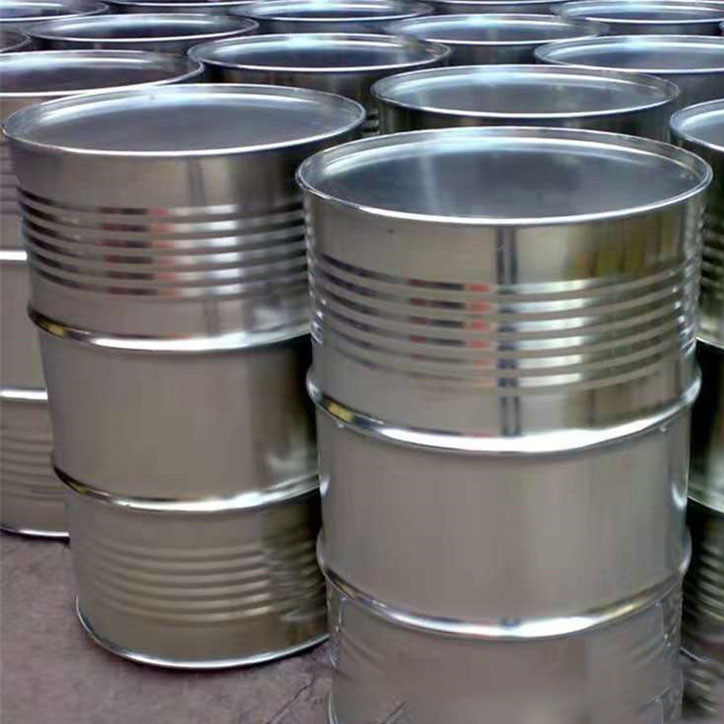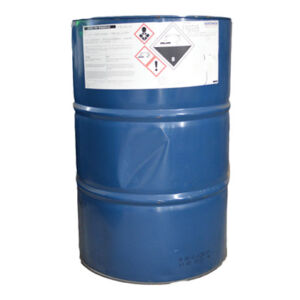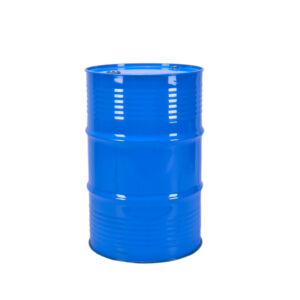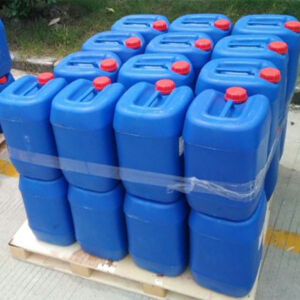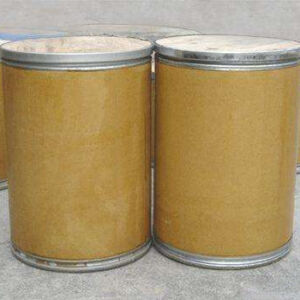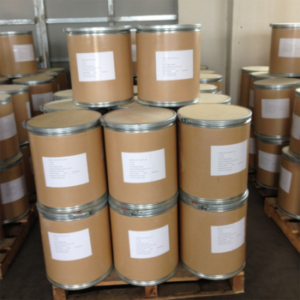Dimethyl Thiotoluene Diamine (DMTDA)
Description:
Chemical Name:
dimethylthiotoluenediamine; DMTDA
Appearance:
Light yellow transparent liquid
HS: 2921519090
CAS No.: 106264-79-3
Formula: C9H14N2S2
Molecular Weight: 214.34
Dimethyl Thiotoluene Diamine Basic Information
English name: Dimethyl thio-toluene diamine
Synonyms: 3,5-Dimethylthio-2,4-toluenediamine; 2,4-Diamino-3,5-dimethylthiotoluene; dimethyl thio-toluene diamine;
DMTDA; 1,3-Benzenediamine, 2 (or 4) -methyl-4 , 6 (or 2,6) -bis (methylthio) -; Ethacure 300; ETHACURE; 2 (or 4) -Methyl-4,6 (or 2,6) -bis (methylthio) -1,3-benzenediamine
Formula: C9H14N2S2
Molecular Weight: 214.36
EINECS Number: 403-240-8
Dimethyl Thiotoluene Diamine(DMTDA) Physical And Chemical Properties
Appearance: Light Yellow Transparent Liquid
Boiling Point: 200 ℃ (1.68 MmHg)
Refractive Index: 1.659
Flash Point: 163.4 ° C
Density: 1.206
Water≤0.1%
Amine Value (MgKOH / G) 525-535
Color Value (Platinum-Cobalt-Method) ≤500
Dimethylthiotoluenediamine (2,4-Plus 2,6) Content% ≥96.0
Uses:
Dimethyl thiotoluene diamine(DMTDA) is a new polyurethane elastomer cured crosslinking agent, which is equivalent to Ethancure 300 mainly 2,6-thio-toluenediamine mixture of two isomers i.e., 2,4- and (ratio of about 77 ~ 80/17 ~ 20), compared with MOCA commonly used at room temperature is low viscosity liquid, it can be applied to construction operations, chemical use and low equivalent at low temperatures. DMTDA is an environmentally friendly low-toxicity liquid type diamine chain extenders, mainly used for polyurethane elastomers, RIM (reaction injection molding), SPUA (spray polyurea elastomer) and adhesives; also be used as an epoxy resin curing agent, has been widely used in polyurethane rubber roller, medical, stamping, etc. in addition, it is in the automotive, construction, mining, metal mining, textiles, paper, printing industry has a wide range of applications. DMTDA curing rate is much slower than DETDA, with DETDA mixed in different proportions to regulate the curing speed to meet different needs.
Instructions:
Dimethyl thiotoluene diamine(DMTDA), because a liquid at room temperature, so the operation has significant benefits, such as the transfer easier and MOCA solid melting process will be eliminated. Similarly, the possibility of solidification does not occur in a mixing vessel or mixing machine inside. Furthermore, it is in a liquid state, allowing operation at a lower temperature than the MOCA. DMTDA equivalent is 107 compared with MOCA is 133.5, which means that the same given under stoichiometric prepolymer can be reduced 20% by weight of the amount of use. For instance:
Prepolymer (NCO 4.1) 100 parts 100 parts
MOCA (95% of theory) 12.4 parts –
DMTDA (95% of theory) 9.9 parts
Total 112.4parts 109.9 parts
Dimethyl thiotoluene diamine(DMTDA) specific gravity of about 1.20g / cm3, Recommended temperature 70-90 ℉ (21-33 ℃), and the use of temperature 240 ℉ (116 ℃) melted MOCA proportion of 1.26g / cm3, which means that the volume of use Both pumps transport raw materials without changing the existing mixing equipment case, to achieve the above object need to use ratio instead DMTDA MOCA use ratio.
Dimethyl thiotoluene diamine(DMTDA) physical properties of curing agents of polyurethane elastomer: the physical properties of the prepolymer, including polyester and polyether type, with DMTDA cured, and cured compared with MOCA; as with MOCA curing systems, pre Physical properties of the cured polymer ideal ratio is sensitive, DMTDA curing agent compared with MOCA, to stoichiometric exhibit acceptable deviation stoichiometric low (80-90%) is usually obtained as helpful maximum permanent deformation resistance to compression rate, and high stoichiometry (100-105%) helps to get the maximum value such as tear strength and fatigue life. For best results when most uses is 95% of the ideal ratio. (DMTDA curing conditions (temperature and time) and MOCA similar, but more emphasis needs DMTDA secondary vulcanization conditions to obtain optimum physical properties, particularly compression set and dynamic mechanical properties.

